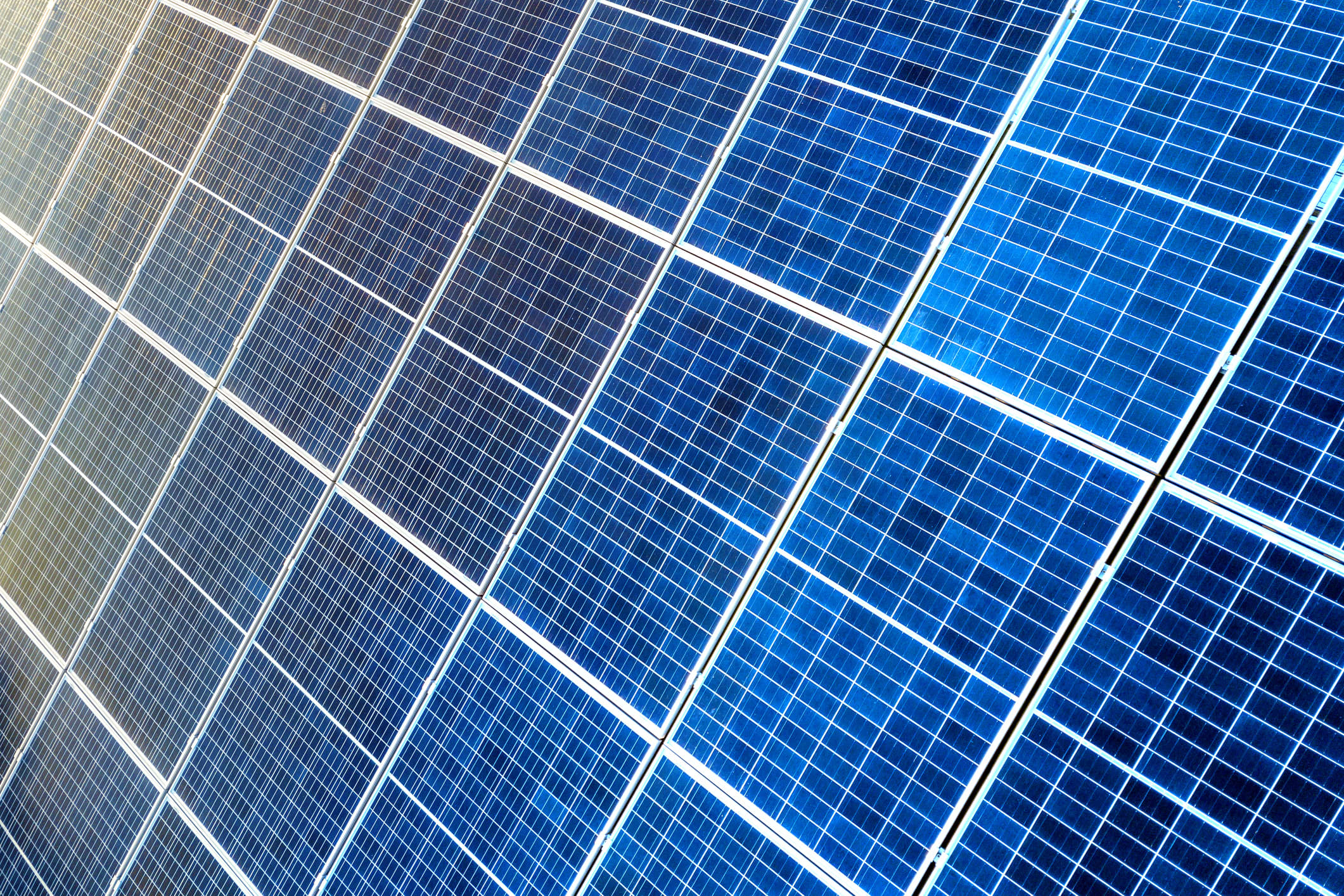U.S. solar installations reached a record high during 2020 as favorable economics, supportive policies and strong demand in the second half of the year offset the impacts from the coronavirus pandemic.
Installations grew 43% year over year during 2020, reaching a record 19.2 gigawatts of new capacity, according to a report released Tuesday from the Solar Energy Industries Association and Wood Mackenize.
During the fourth quarter alone, the U.S. added slightly more than 8 gigawatts of capacity — a new quarterly record. To put the number in context, during all of 2015, 7.5 gigawatts were added. One gigawatt is enough to power roughly 190,000 homes. The U.S. currently has 97.2 GW of total solar capacity installed, enough to power roughly 17.7 million homes.
California, Texas and Florida were the top three states for annual solar additions for the second year running. Virginia and North Carolina rounded out the top five.
Following a slowdown in the second quarter as the pandemic ground operations to a halt, residential solar saw a record-setting sales pipeline in the second half of the year, boosted by customers interested in home improvements. The report’s authors believe this momentum in the back half of the year likely continued into 2021.
On the utility solar front, annual capacity additions jumped 65% from the prior year.
“The recent two-year extension of the investment tax credit (ITC) will drive greater solar adoption through 2025,” said Michelle Davis, senior analyst from Wood Mackenzie, referring to the tax credits extended in December as part of the coronavirus relief and government spending package.
According to the report, the two-year extension of the credit at its current level will lead to a 17% increase in solar deployment forecasts between 2021 and 2025.
In the U.S., solar represented 43% of all new electricity-generating capacity added in 2020, its largest ever share of new generating capacity. In many places solar is now the cheapest form of new power.
“Residential solar sales continue to exceed expectations as loan providers roll out attractive products, interest in home improvement surges, and customers suffering through power outages from extreme weather events seek energy resilience,” the report said.
For the first time SEIA and Wood Mackenzie’s report also looked at growth forecasts through 2030, projecting that the U.S. solar market will quadruple its size from current levels by the end of the decade.
The growth is expected to be spread across markets as customers, utilities, states and corporations all push to decarbonize the grid. President Joe Biden called for an emissions free power sector by 2035 as part of his $2 trillion infrastructure and climate package unveiled last July.
“Compelling economics for distributed and utility-scale solar along with decarbonization commitments from numerous stakeholders will result in a landmark installation rate of over 50 GWdc by the end of the decade,” Wood Mackenzie’s Davis added.
